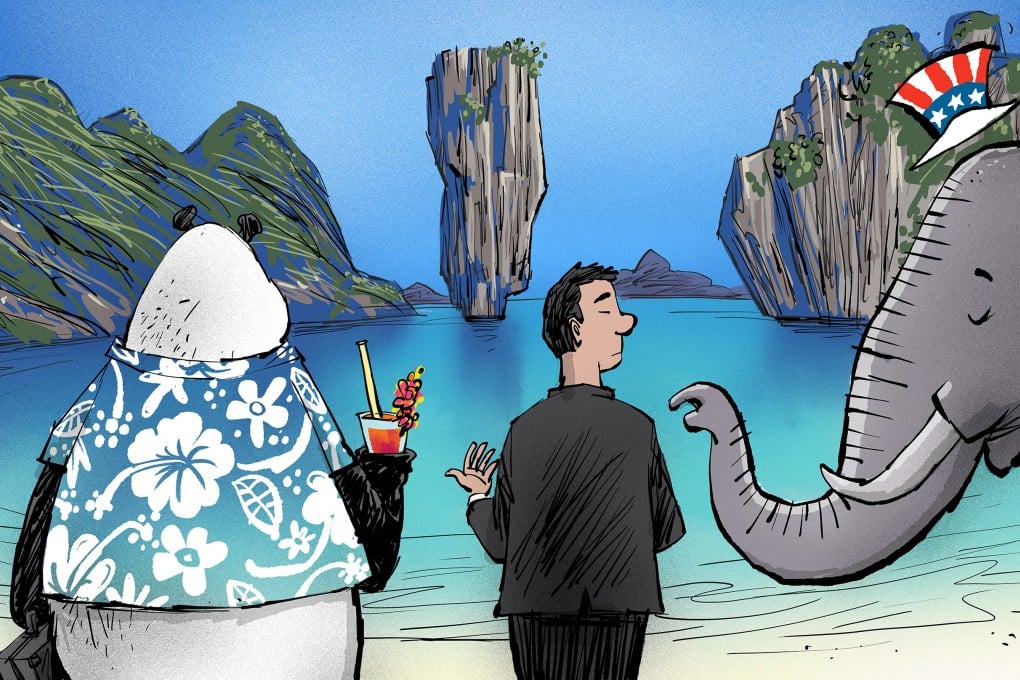Opinion | How Thailand can draw closer to China despite US rivalry and geopolitical tensions
- The Thai military should focus on regional peacekeeping with China, especially in Myanmar, while Thailand must remain a safe haven for investment
- Bangkok should also promote people-to-people connections, including in tourism, and keep the local media free from foreign interference

July 1 marked the 48th anniversary of the formalisation of Sino-Thai relations. Today, China is Thailand’s largest trading partner with US$135 billion of trade last year, about 18 per cent of Thailand’s total.
Thai exports to China have also jumped, from just US$1.82 billion in 1995 to US$37.7 billion in 2021, a testament to China’s burgeoning middle class and Thailand’s growing competitiveness as a manufacturing and agricultural powerhouse.
While receiving a Chinese delegation earlier this year, Pheu Thai Party leader Chonlanan Srikaew pledged to “drive more trade agreements, promote investment, mutual import-export, tourism as well as the exchange of technology”.
Yet for Sino-Thai ties to meaningfully deepen, broaden and weather the coming decades, Beijing and Bangkok must address the elephant in the room: incipient geopolitical tensions largely stemming from the Sino-US rivalry.

.png?itok=bcjjKRme&v=1692256346)
